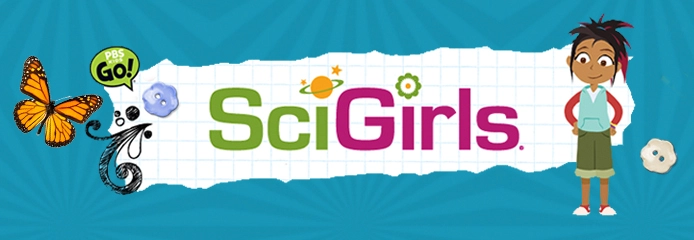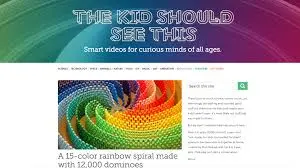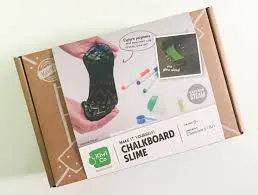This is the second of two related blogs based on a recent speech at the Museum of Life and Science in Durham! Let’s dive in!
girls-media-scienceDownload
It was an incredible International Women’s Day! I spent the day at the Museum of Life and Science in Durham where I gave two speeches about Girls and STEM that I’ll recap here. As we are still celebrating women in the month of March AND we are looking to new resources for our kids during the COVID-19 outbreak, here’s a perfect set of resources for your TWEEN and TEEN.
My second speech, Girls, Media and the Scully Effect, was focused on girls over 8 years old. It focused on sharing the context of why STEM is important, but also the distance we are from true equity in the field. As a matter of fact, 8 is great, and 9 is fine, but after that, we see confidence gaps plaguing girls in middle and high school. Thus, our discussions focused on the visual cues that girls get through media, and how those clues can lead them to higher degrees of confidence and a deeper STEM identity.
In reviewing the SciGirls Strategies (that a group of really talented people from diverse parts of the equity ecosystem, myself included) helped update the strategies that have so effectively been used for more than a decade with teachers to include newer research. Our focal question was “What does science look like and who is it for?” so that we can emphasize that if a girl can see it, she can be it, when it comes to a cool STEM career that can also help her change the world.
In that frame, those six strategies were given paraphrases by me and for this talk, I focused on the discussion of real science, role models, and agency…the confidence to go forward in STEM even in the face of difficulty. We centered on the IF/THEN project, one that has selected 125 new faces of science to spread the word that diversity in science is the key to solving our greatest challenges. These women show that STEM can take you anywhere and the media that’s being produced around it meets girls exactly where they are. Focusing on real people (and not animations) I talked about how powerful media can be, and offered all kinds of new videos and website that are geared for girls. It obviously was powerful for many practicing scientists today, 63% of which say that the fictional character Dana Scully from the X-Files influenced their career choices. You can read more of this ground breaking research here at The Geena Davis Institute on Gender in Media.
Embedded above and below are some of the resources and references I offered.
Finally, don’t forget The Connectory, the largest database of programs for girls and boys in the United States. It’s a program of the National Girls Collaborative Project, of which I am the proud Board Chair for 2020. It will connect you to not just the network of programs to support your kids, but entire organizations and networks near you fighting for equity. Later in 2020, the National Girls Collaborative will be housing the profile collections of all 125 STEM ambassadors from the IF/THEN project!
Click above to see the slide deck from my speech or you can connect with me and I’ll send you the voice recording. As always, feel free to reach out to me via email if you have questions or would like introductions.
Hands on toys/subscriptions/artifacts
Kiwi and Co. boxes
Local libraries
TV shows
Research and Context
Books, Websites and More
Fab Fems (find a STEM role model)
iQ: smartparent (many episodes about STEM)



















